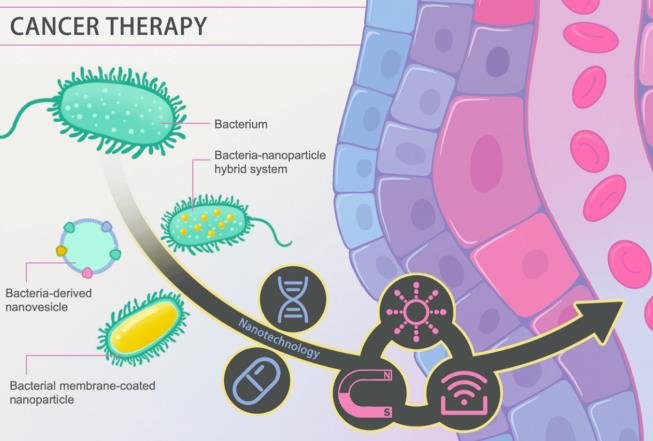Photodynamic therapy (PDT) is a type of cancer treatment that uses light to activate a drug that kills cancer cells. The drug, called a photosensitizer, is injected or applied to the tumor area and accumulates in the cancer cells. When the drug is exposed to a specific wavelength of light, it produces a form of oxygen that destroys the cancer cells. PDT can also damage the blood vessels that feed the tumor and stimulate the immune system to fight the cancer.
PDT has been used for over 100 years and has been shown to be very safe and effective for treating some types of cancer, such as skin, lung, esophagus, and bladder cancers. However, PDT has some limitations, such as:
- The light used for PDT can only penetrate a few millimeters into the tissue, which limits its use for deep or large tumors.
- The photosensitizer can make the skin and eyes sensitive to light for several days or weeks after the treatment, which requires avoiding direct sunlight and bright indoor lights.
- The photosensitizer may not be selective enough to target only the cancer cells and spare the normal cells.

How does nanotechnology improve PDT?
Nanotechnology is the science of manipulating matter at the nanoscale, which is about 1 to 100 nanometers in size. A nanometer is one billionth of a meter, or about the size of a virus. Nanotechnology can create new materials and devices with novel properties and functions that can be used for various applications, including medicine.
Researchers at Ariel University in Israel have developed a new nanotechnology-based approach to enhance PDT for breast cancer treatment. Their study, published in the journal Spectrochimica Acta Part A, reported significant advances from using nanoparticles to refine PDT.
Nanoparticles are tiny particles that can be coated with different substances, such as drugs, proteins, or metals. They can be designed to deliver drugs to specific locations in the body, such as tumors, by using various targeting mechanisms, such as magnetic fields, antibodies, or heat.
The Ariel University team used nanoparticles made of gold and silver that can convert infrared light into visible light. Infrared light has a higher penetration depth than visible light and can reach deeper tissues. The nanoparticles were attached to a photosensitizer that can be activated by blue light. When the nanoparticles were exposed to infrared light, they emitted blue light that activated the photosensitizer and generated singlet oxygen that killed the cancer cells.
The researchers also optimized the distance between the nanoparticles and the photosensitizer to achieve maximum efficiency of PDT. They found that when the distance was about 2 nanometers, the PDT effect was enhanced by 33% compared to when there was no distance.
What are the benefits of nanotechnology-enhanced PDT?
The nanotechnology-enhanced PDT developed by the Ariel University team has several potential benefits for breast cancer treatment, such as:
- It can overcome the limitation of light penetration by using infrared light that can reach deeper tumors.
- It can increase the selectivity of PDT by targeting only the cancer cells that have accumulated the nanoparticles and the photosensitizer.
- It can reduce the side effects of PDT by minimizing the exposure of normal cells and tissues to light and drugs.
- It can improve the efficacy of PDT by optimizing the distance between the nanoparticles and the photosensitizer.
The researchers hope that their findings will enable future PDT treatments to reach target tissues in volumes and depths that were not previously accessible. They also plan to test their nanotechnology-enhanced PDT on animal models and human clinical trials.
What are some other applications of nanotechnology in cancer treatment?
Nanotechnology has many other applications in cancer treatment besides enhancing PDT. Some examples are:
- Nanoparticles can be used to deliver chemotherapy drugs or radiotherapy agents directly to tumors, reducing toxicity and increasing effectiveness.
- Nanoparticles can be used to monitor tumor response to treatment by measuring changes in temperature, pH, or oxygen levels.
- Nanoparticles can be used to stimulate the immune system to recognize and attack cancer cells by presenting antigens or cytokines.
- Nanoparticles can be used to create artificial blood vessels or scaffolds that can support tissue regeneration or transplantation.
- Nanoparticles can be used to create biosensors or imaging agents that can detect early signs of cancer or metastasis.
Nanotechnology is a promising field that offers new possibilities for improving cancer diagnosis, treatment, and prevention. However, nanotechnology also poses some challenges and risks, such as:
- The safety and toxicity of nanoparticles are not fully understood and may vary depending on their size, shape, composition, surface charge, and coating.
- The regulation and standardization of nanoparticles are not well established and may differ across countries and regions.
- The ethical and social implications of nanoparticles are not well explored and may raise concerns about privacy, consent, ownership, access, equity, and justice.
Therefore, nanotechnology requires careful evaluation and monitoring before it can be widely adopted in clinical practice.
